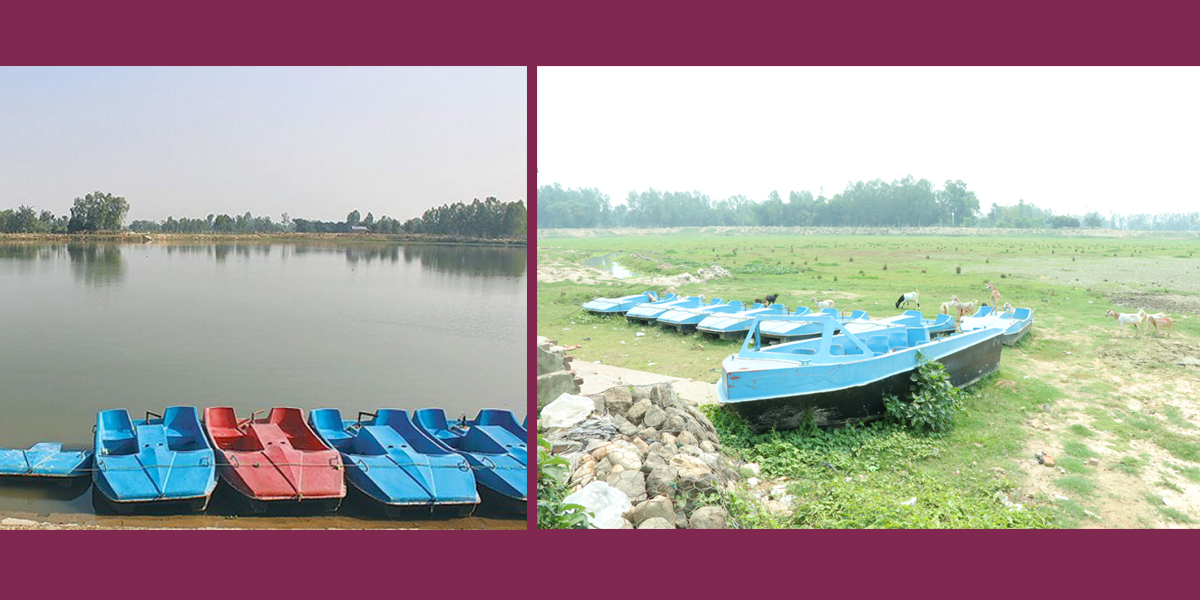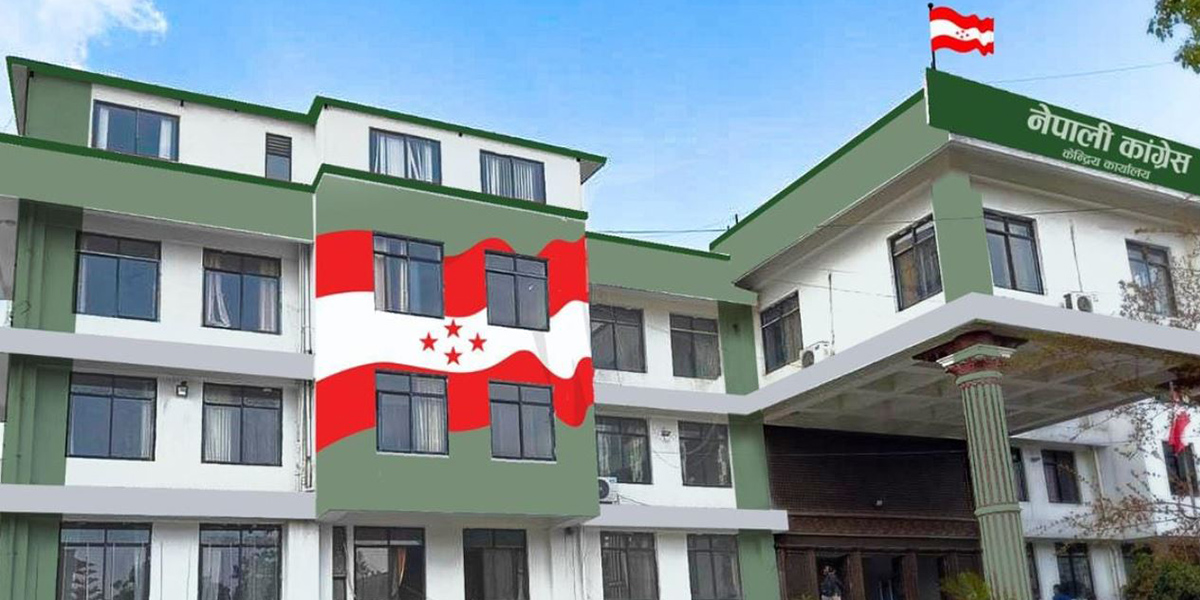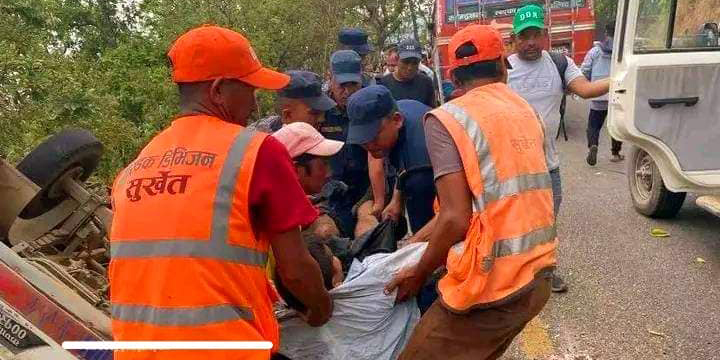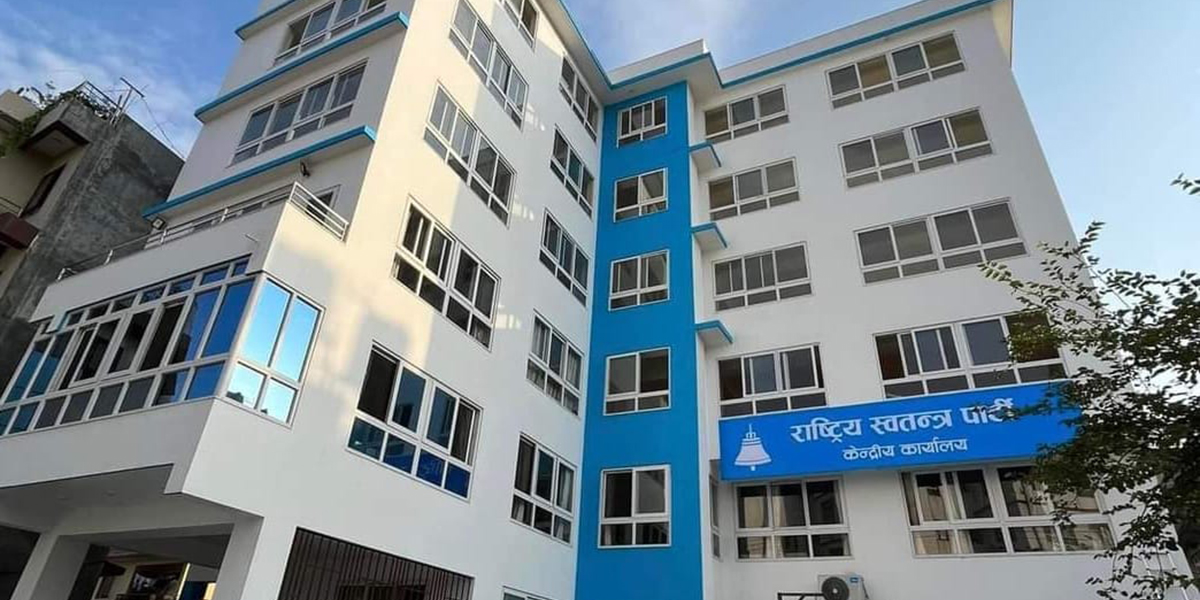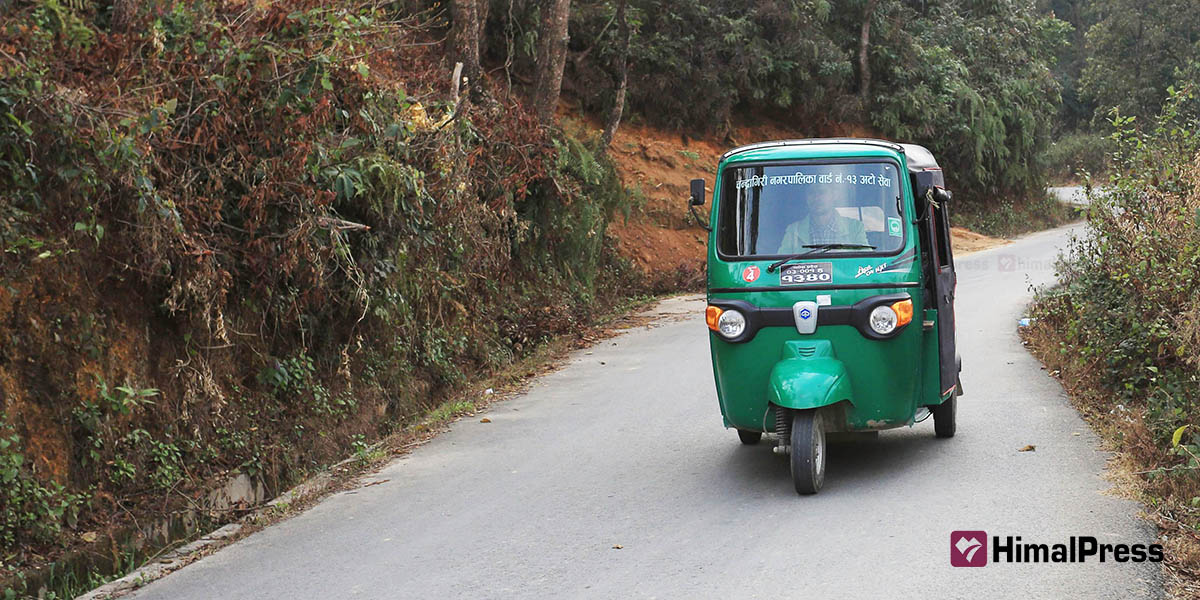
KATHMANDU: A total of 3,848 units of electric three-wheelers have been imported into the country over the first six months of the current fiscal year. During the period, over 3,100 three-wheelers running on fossil fuel entered the country, data of the Department of Customs shows.
According to the department, around 12,000 three-wheelers – running on both electric and fossil fuel – were imported into the country in fiscal year 2021/22. In addition, companies like Bajaj, Hulas and TVS are also assembling three-wheelers in the country. These companies are sending around 4,000 three-wheelers into the market.
This data shows the growing popularity of three-wheelers, also known as auto rickshaws, in the public transportation sector. The market for these vehicles is expanding due to their ability to carry three to four passengers, navigate difficult terrains, and their affordability compared to other modes of transportation.
Auto Rickshaws are available in Nepal at prices ranging from Rs 280,000 to Rs 400,000, depending on the brand. As banks and financial institutions offer loans to purchase them, they have become accessible even to low-income individuals. As a result, auto rickshaws can be spotted on roads throughout the country, from city markets in the Tarai and inner Madhesh to the hills of Taplejung in the east and Baitadi in the far west.
Data of the Transport Management Office, Surkhet, reveals that auto rickshaws are plying roads in all the districts of Karnali Province except for Humla and Dolpa. Surkhet alone has more than 1,000 auto rickshaws, while Salyan and Rukum have over 300 and 100 units, respectively.
Similarly, more than 4,000 auto rickshaws are in operation in Butwal and surrounding areas. There are around 5,000 in Itahari. However, since registration and operation of these three-wheelers occur at the local level, there is no centralized data on the number of auto rickshaws in each district. However, based on the import data and the number of vehicles assembled in Nepal, it is estimated that around 60,000 auto rickshaws are plying across the country. This has provided direct employment for 60,000 individuals. As the 2011 census estimates that there are four members in each family, it can be inferred that roughly 240,000 people have benefited from auto rickshaws.
Auto Rickshaw drivers make between Rs 2,000 and Rs 3,000 per day which can increase to as high as 5,000 during festive seasons. With an average turnover of Rs 2,500, the daily business of this industry is approximately Rs 150 million. If 40% of the earning is assumed as net saving, those involved in the auto rickshaw business are earning a combined Rs 60 million per day. This not only reflects the vitality of the local economy but also indicates a new dimension and revolution in the transportation industry.
Increasing mobility
These three-wheelers, which are ubiquitous throughout the country, have not only become an easy mode of transportation for the common Nepali but also a vital means of connecting cities, markets, and villages. Autorickshaws from Narayanghat in Chitwan connect Gaindakot as well as Kawasoti in the neighboring Nawalparasi. Similarly, most autorickshaws operating in and around Tulsipur in Dang serve up to Salyan’s Kapurkot and Srinagar which is 40 km away. Autorickshaws run regularly from Bhume of Rukum to Thabang in Rolpa.

This has made traveling from cities and markets through villages to neighboring districts even more accessible. In particular, autos have played a significant role in making rural life more viable and providing easy access to local markets.
Previously, residents of rural areas had to travel to the market in the morning and return only in the evening, as jeeps and big buses ran from the nearby market to the village only in the morning and evening. They had to load their goods into the bus or jeep in the morning, spend the whole day shopping in the market or watching movies, and return to their village in the evening by the same means of transportation. However, the availability of autos in every corner of the country has changed this environment. Locals are no longer forced to rely on buses or jeeps and can now reach their destination whenever they want and need to.
This change has not only saved time, but has also contributed to the growth of local markets by allowing people to transport their produce and sell it. Auto Rickshaws have become an essential means of earning income, delivering agricultural products to the market, and reaching hospitals in case of illness.
It is, therefore, important for the government to take necessary steps to regulate this transport system and provide adequate support to the drivers. This includes providing them with the necessary training, simplifying the licensing process for those who are illiterate, and enforcing regulations to ensure fair competition and prevent fleecing of passengers.
Moreover, local governments have different laws for registration and operation of auto rickshaws, and while some have established procedures and fixed rental rates, there is a lack of regulation in many places. This puts passengers at risk of being cheated and encourages unhealthy competition among drivers.


